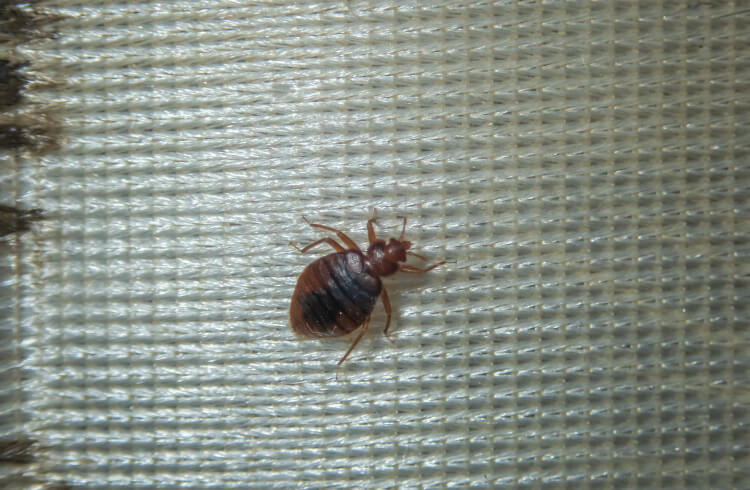How to Avoid Bedbugs When You’re Traveling
Sleeping in beds previously occupied by many others is part of the joy of travel. But what can you do to limit your exposure to bedbugs?
 Photo © Getty Images/Dmitry Bezrukov
Photo © Getty Images/Dmitry Bezrukov
Unless you commit to carrying your own bedding when you travel (hello, van life?), you will have to sleep in beds and sit in chairs and seats on planes, trains and buses, that have previously been occupied for long periods of time by many, many others. And it doesn't matter where you travel.
According to the US-based Centers for Disease Control and Prevention (CDC), we can expect to encounter bed bugs anywhere in the world.
Although typically, it has been assumed that bedbugs are a bigger problem in developing countries where hygiene is harder to control, in recent years bedbugs have been part of a rapid spread in the USA, Canada, the UK and parts of Europe.
At the time of writing, Paris, France was experiencing an outbreak of bedbugs during Fashion Week that made it to the pages of Time, Forbes, CNN and the New York Times. With the Paris Olympics and Paralympic Games set to kick off in less than a year, authorities in Paris are said to be implementing urgent plans to eradicate the biting pests well ahead of the Opening Ceremony.
Annoyingly, bedbugs aren’t just confined to hostels or hotel beds, they can also be found on bedding and beds on planes, cruise ships, trains and buses, too. Don’t panic. Bed bugs are not known to spread disease. While they might leave you with a bite that itches, few people will have a severe allergic reaction that may need medical attention.
Feeling itchy? Aside from waiting for local governments to implement anti-bedbug strategies, what can you do to minimize the risk of being on the biting end of a bedbug when you’re traveling?
Avoiding bed bugs before you travel
- Even before you head off, you can help minimize bedbug activity. Consider traveling with a hard-sided case or pack which is harder for bedbugs to infiltrate.
- Pack clothes in ziplock plastic bags and if you’re only on a short stay, leave your clothes in the case
- Consider carrying your own sleeping bag liner and pillow slips.
- Check ahead with your accommodation to see if they have a bedbug policy around stopping them in the first place and controlling them.
Avoiding bed bugs while traveling
- Use a luggage rack for your case or backpack that is off the floor, and harder for bedbugs to reach.
- Check for signs in the room before unpacking and settling in.
- Bedbugs like to hide in the creases and folds of fabrics. They can wait for a long time before needing to bite someone for their meal of blood.
- According to the CDC, “Bed bugs have been shown to be able to travel over 100 feet in a night but tend to live within 8 feet of where people sleep”.
- Bedbugs leave tell-tale signs behind – poo, basically – which resemble little black dots. Always pull back the sheets and have a good look at the mattress, before moving onto the pillows, the pillow slips and the top sheets and other bedding.
- The bedbugs themselves are brownish and are only a few millimeters long. Their eggs look like small grains of rice (gag).
- If you’re bitten, the bite mark might not show up for a few hours or even days, depending on the person.
- If you find signs of bedbugs, tell your accommodation provider straight away, you might want to ask to change rooms, and floors or to check out.
Avoiding bed bugs when you get home
- Unpack in the laundry or bathroom, shaking out your clothes carefully before putting them straight into the washing machine.
- Drying on the highest heat can help eradicate, and if not dry or steam cleaning should work.
- If possible, store your luggage somewhere other than your bedroom to avoid any possibility of transferring bedbugs from your accommodation to your bed.




No Comments